The Action-RPG genre consistently holds a position in the list of the most sought-after formats in the industry. It combines rich combat mechanics with a deep role-playing component, allowing players not only to engage in combat but also to experience the story, make decisions, and explore the world. Every year, the top Action-RPG titles are enriched with more ambitious projects. Some focus on visual grandeur, while others emphasize philosophical undertones or the scale of role-playing mechanics. This compilation systematically covers the best examples, encompassing both dark post-apocalyptic worlds and fantasy settings, as well as technocratic cyberpunk cities.
Elden Ring: Open World and Mythology in Action
The Souls-like format has reached a new peak. Elden Ring has taken the genre to a whole new level, while maintaining its hardcore combat system and emphasizing exploration. The game offers freedom not only in movement but also in the choice of progression paths. The expansive world, created under the guidance of Hidetaka Miyazaki, combines elements of classic fantasy with an authorial dark aesthetic. The difficulty level encourages players to strive for self-improvement. The world’s design, hidden locations, unexpected bosses, and lack of a clear route make this project the foundation of any top-rated Action-RPG.
S.T.A.L.K.E.R. (series): Zone atmosphere and free survival
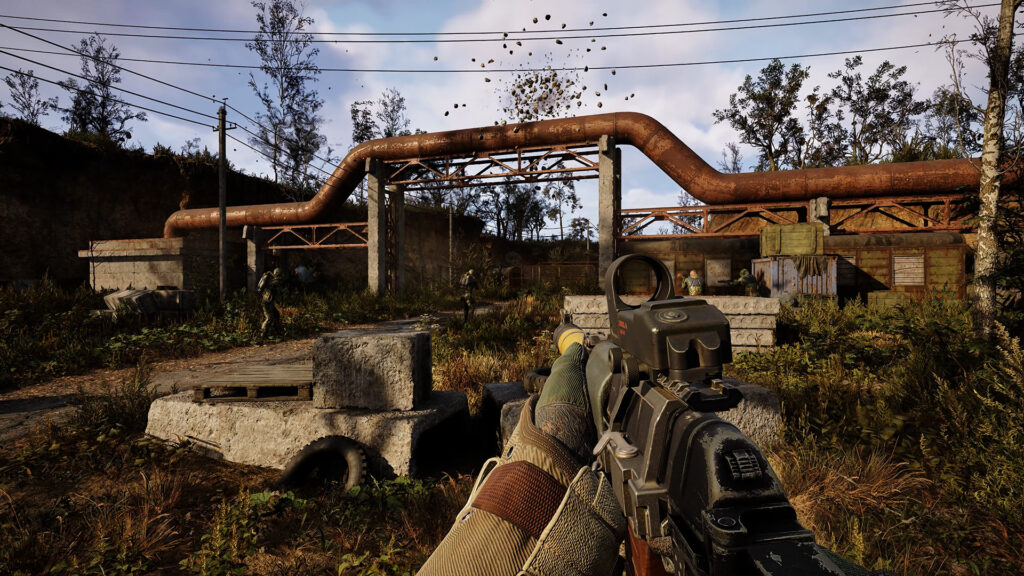 Post-Soviet mysticism, dark philosophy, and an open gameplay structure have made S.T.A.L.K.E.R. a cult series. The developers have incorporated survival, trade, non-linear progression, and the freedom to choose allies into the shooter. The player faces not just enemies, but a world that feels alive. Anomalies, factions, radiation, and moral dilemmas create an experience that cannot be replicated. In terms of gameplay and atmosphere, the series consistently remains on the top lists of Action-RPGs on PC.
Post-Soviet mysticism, dark philosophy, and an open gameplay structure have made S.T.A.L.K.E.R. a cult series. The developers have incorporated survival, trade, non-linear progression, and the freedom to choose allies into the shooter. The player faces not just enemies, but a world that feels alive. Anomalies, factions, radiation, and moral dilemmas create an experience that cannot be replicated. In terms of gameplay and atmosphere, the series consistently remains on the top lists of Action-RPGs on PC.
Gothic (series): a classic of the German RPG school
Severity, conciseness, and maximum internal logic are the main differences between Gothic and most Western RPGs. The series has gained cult status due to its respect for the player’s choices: the world reacts to actions, NPCs remember actions, and quests influence factions. The limited but lively world makes every walk meaningful.
Dark Souls III: Combat Mastery and Destruction Aesthetics
If the task is to choose a reference for the combat system in the Action-RPG genre, Dark Souls III will remain one of the main candidates. The combination of animations, weapon weight, dodge mechanics, and timing studies has formed a game core that requires not only reaction, but also analysis from the player. Each battle becomes a micro-scenario. The minimal interface, lack of pausing, and rare hints all contribute to the tension. The well-designed level design, dark visuals, and non-linear level structure support Dark Souls III’s reputation as one of the most fundamental games in the genre.
Bloodborne: A Worthy Representative of the Top Action-RPGs
If Dark Souls appeals to medieval horror, Bloodborne turns its gaze towards Lovecraftian madness. By replacing shields with speed, the developers have made combat aggressive, encouraging attack rather than defense. The atmosphere of Victorian Gothic with a touch of cosmic horror creates a unique visual style. Each location tells a story through its architecture and enemies. The absence of traditional difficulty levels is replaced by a constant increase in pressure and unexpected twists.
Cyberpunk 2077: The Cyberpunk That Spoke
The cyberpunk genre has long been in need of a full-scale Action-RPG, and Cyberpunk 2077 has filled this gap. The city of Night City lives by its own laws, with its towering skyscrapers, slums, neon signs, and moral degradation. The game is based on variability, with branching storylines, decisions that affect the characters’ fates, and customization options that allow players to adapt the gameplay to their playstyle.
The world encompasses everything from high-tech neighborhoods to psychedelic quests. It combines the philosophy of a post-human future, dynamic shooter combat, and deep role-playing. Cyberpunk 2077 has earned a well-deserved place in any Action-RPG top, confirming its status as a competitive AAA project.
Fallout (series): A post-apocalyptic story that became a legend
The Fallout series began as an isometric RPG, but with the release of the third installment, it evolved into a full-fledged Action-RPG. The unique combination of shooting, the V.A.T.S. system, a vast world, and dark humor created a distinctive gameplay experience. Fallout not only focuses on survival after a nuclear war, but also presents players with ethical dilemmas, often without clear-cut solutions. Each installment offers a unique story set in different parts of the devastated world, from Washington to the wastelands of Nevada.
The Elder Scrolls (series): Time-tested freedom
Open worlds and non-linearity have always been at the heart of The Elder Scrolls. The series allows you to forget about the main quest and delve into the world, engaging in crafting, becoming a guild master, or exploring. Skill progression is based on actions rather than levels, allowing for organic development of archery, alchemy, and sorcery. TES does not require you to follow a script, but rather allows you to shape your own journey. The world reacts to your actions, and your actions in one city can influence the attitudes of others.
Path of Exile: Dark Hardcore and Depth of Builds
One of the top Action-RPGs is based on isometric presentation, but it surpasses many competitors in terms of the richness and customization of builds. Path of Exile features a grandiose skill tree, combined with a system of gems and an unconventional approach to loot. The mechanics are deep, reaching the level of mathematical formulas, while the atmosphere is at the dark fantasy stage, immersing players in a world of darkness. Path of Exile is not a game for quick decisions. It is a long journey of fine-tuning your character, constantly experimenting, and engaging in competitive economics. It maintains a loyal audience through its fair model, lack of Pay-to-Win, and timely updates.
Diablo (series): a prominent representative of the top ranking and the founder of the Action-RPG genre
Every generation of players has played at least one part of Diablo. The game sets the rhythm: battles are fast, loot drops in the right dosage, bosses create pressure. Combat mechanics work like a clock: muscle memory remembers attack rotations, the sounds of picking up items trigger a dopamine response. Diablo remains the standard for hack’n’slash mechanics in Action-RPGs. The setting, a dark fantasy with angelology, demons, and doom, completes the gameplay with a finished aesthetic frame. Each new release in the series doesn’t just repeat the formula; it improves it.
Conclusion
 The top Action-RPG list is not a static list. It reflects the development of the genre, its adaptation to new generations of players, technological advancements, and changes in audience expectations. All the projects included in this list not only meet the genre’s criteria but also challenge them, setting new standards and inspiring followers. The common thread among these games is their focus on the player, their decisions, their style, their emotions, and their journey. This is the power of the genre, which continues to shape the face of the gaming industry.
The top Action-RPG list is not a static list. It reflects the development of the genre, its adaptation to new generations of players, technological advancements, and changes in audience expectations. All the projects included in this list not only meet the genre’s criteria but also challenge them, setting new standards and inspiring followers. The common thread among these games is their focus on the player, their decisions, their style, their emotions, and their journey. This is the power of the genre, which continues to shape the face of the gaming industry.


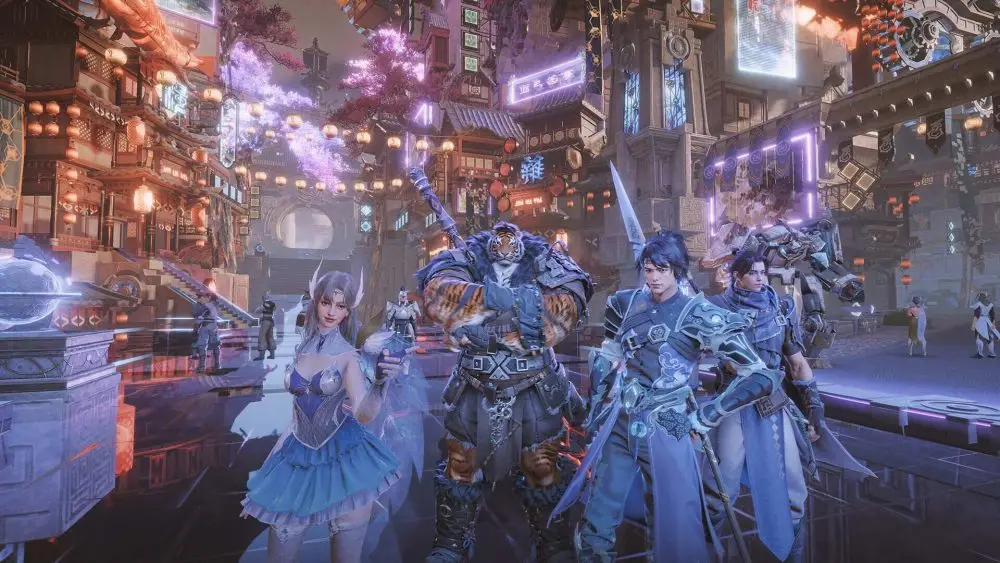
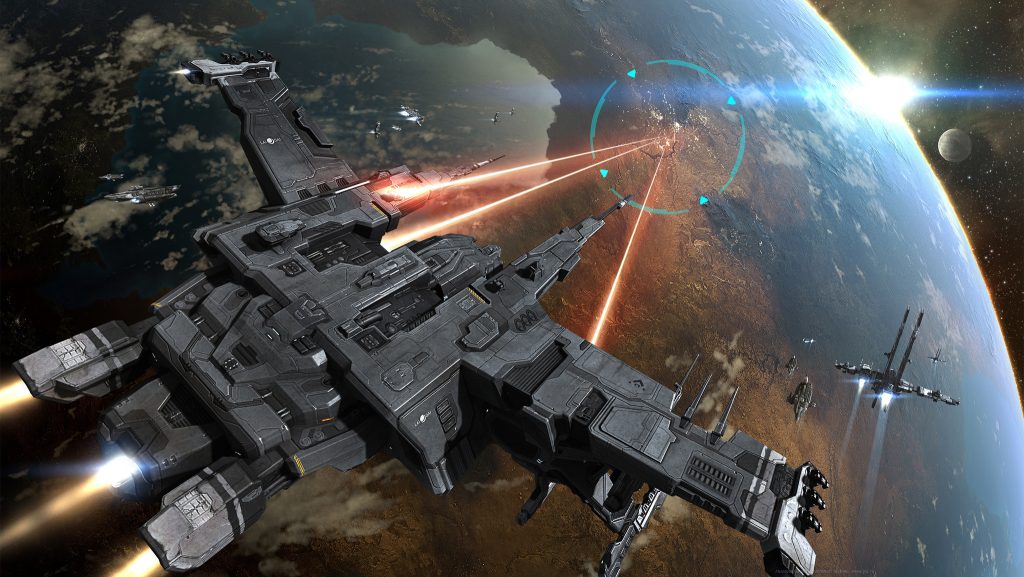 Among all projects of the genre, EVE Online offers not a game, but a whole simulation of a civilization. A fully open galaxy with thousands of star systems, a player-controlled economy, and inter-alliance conflicts all turn a session into a real strategic campaign.
Among all projects of the genre, EVE Online offers not a game, but a whole simulation of a civilization. A fully open galaxy with thousands of star systems, a player-controlled economy, and inter-alliance conflicts all turn a session into a real strategic campaign.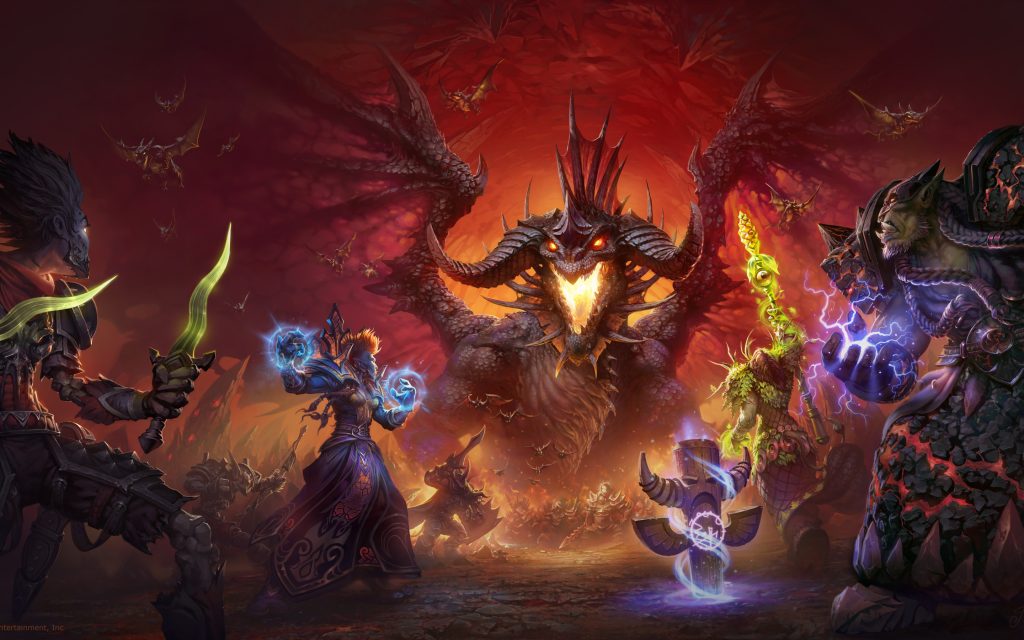 They have one thing in common: adaptation. Projects continue to develop, retain their audience, and attract newcomers at the same time. Some focus on the storyline, while others prioritize mechanics or scale. All of them create a world where the gamer decides who they want to be: a merchant, an explorer, a warrior, a guild leader, or a mercenary.
They have one thing in common: adaptation. Projects continue to develop, retain their audience, and attract newcomers at the same time. Some focus on the storyline, while others prioritize mechanics or scale. All of them create a world where the gamer decides who they want to be: a merchant, an explorer, a warrior, a guild leader, or a mercenary.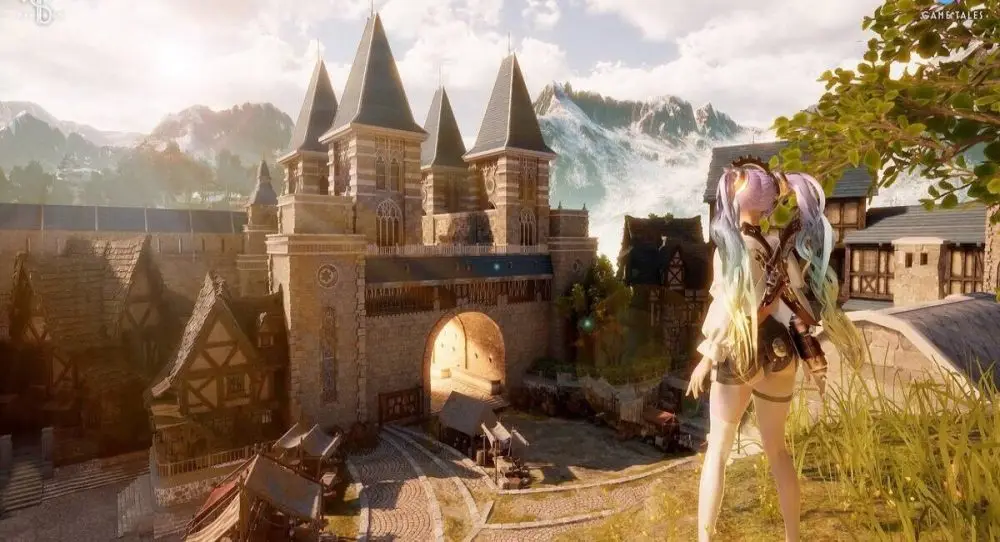
 Sony Online Entertainment (later Daybreak) announced EverQuest Next as a relaunch of the iconic franchise. The developers shifted their focus to procedural world generation and destructible environments. Players would have the ability to influence the map’s topography, construct structures, and destroy fortresses in real-time. The class system featured over 40 specializations. The artificial intelligence of mobs would respond to player actions. The visual style aimed to strike a balance between stylization and detail to facilitate rendering in dynamic environments.
Sony Online Entertainment (later Daybreak) announced EverQuest Next as a relaunch of the iconic franchise. The developers shifted their focus to procedural world generation and destructible environments. Players would have the ability to influence the map’s topography, construct structures, and destroy fortresses in real-time. The class system featured over 40 specializations. The artificial intelligence of mobs would respond to player actions. The visual style aimed to strike a balance between stylization and detail to facilitate rendering in dynamic environments.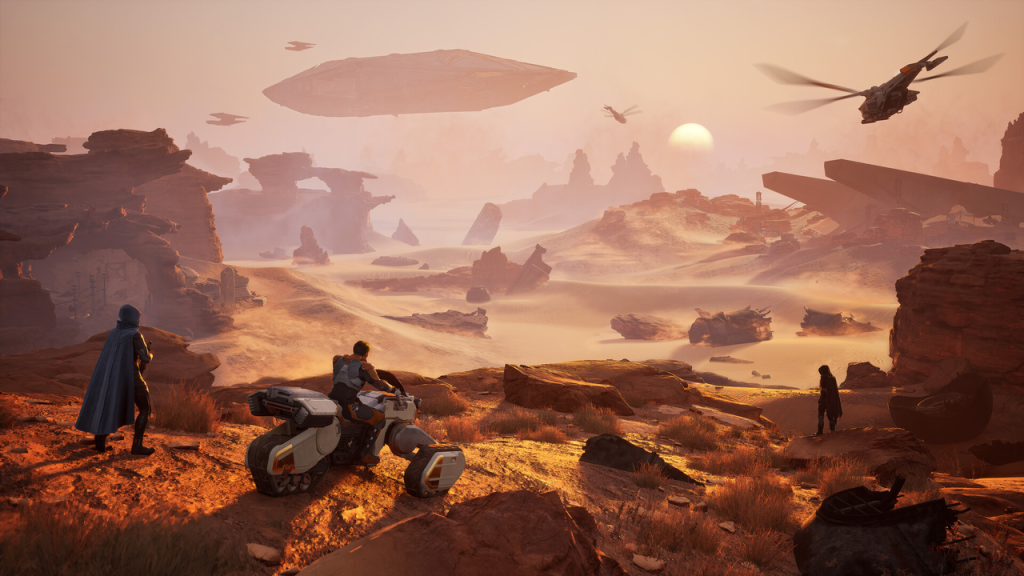 The online market in 2025 has strict requirements for the development of MMO projects. Users expect cross-platform support, fast updates, social engagement, and high technical stability. Developers are striving for modular architecture to reduce the risk of component failure. Investments are increasingly made in a milestone-based format, rather than as a single infusion.
The online market in 2025 has strict requirements for the development of MMO projects. Users expect cross-platform support, fast updates, social engagement, and high technical stability. Developers are striving for modular architecture to reduce the risk of component failure. Investments are increasingly made in a milestone-based format, rather than as a single infusion.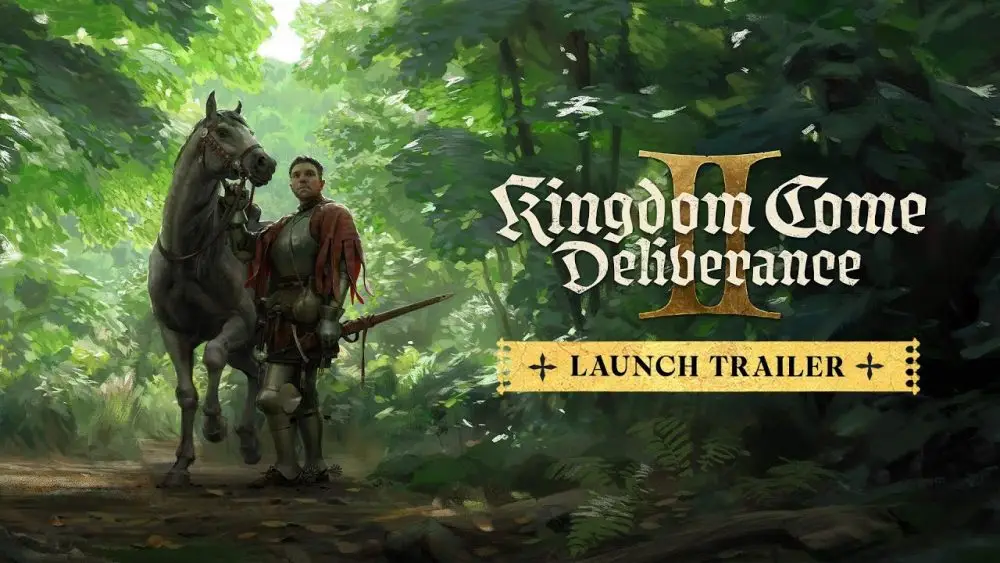
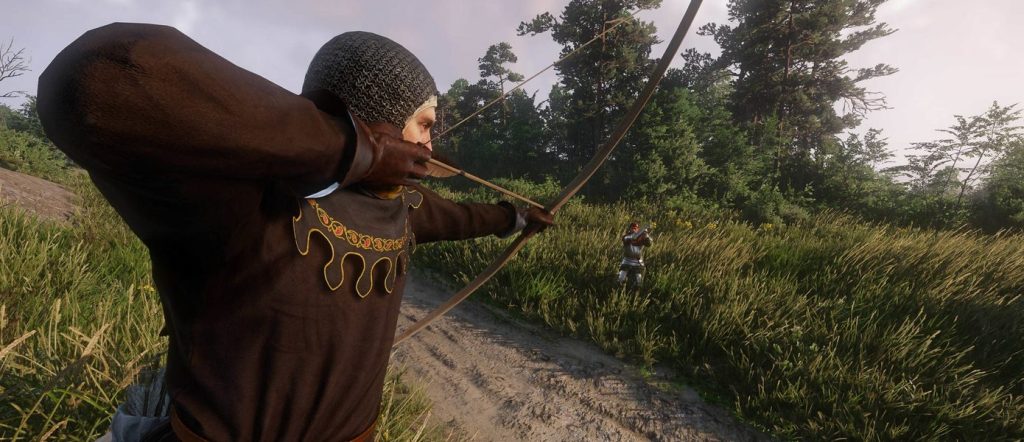 The concept retains the emphasis on realistic combat experience that the original game is known for. The developers have improved the combat mechanics: it is now possible to perform combo attacks, parry blows with a shield, and perform counterattacks. The complexity of battles has increased, but the clashes have become even more dynamic. Armor now takes into account the physics of damage more realistically: damage to the cuirass directly affects the hero’s protection. The skill system in Kingdom Come Deliverance II has been significantly expanded. New skills have been added that affect trade, diplomacy, and interaction with the environment. Every choice made by the player has an impact on the story’s progression, as the consequences of their decisions are reflected in the subsequent events and their relationships with characters and factions.
The concept retains the emphasis on realistic combat experience that the original game is known for. The developers have improved the combat mechanics: it is now possible to perform combo attacks, parry blows with a shield, and perform counterattacks. The complexity of battles has increased, but the clashes have become even more dynamic. Armor now takes into account the physics of damage more realistically: damage to the cuirass directly affects the hero’s protection. The skill system in Kingdom Come Deliverance II has been significantly expanded. New skills have been added that affect trade, diplomacy, and interaction with the environment. Every choice made by the player has an impact on the story’s progression, as the consequences of their decisions are reflected in the subsequent events and their relationships with characters and factions.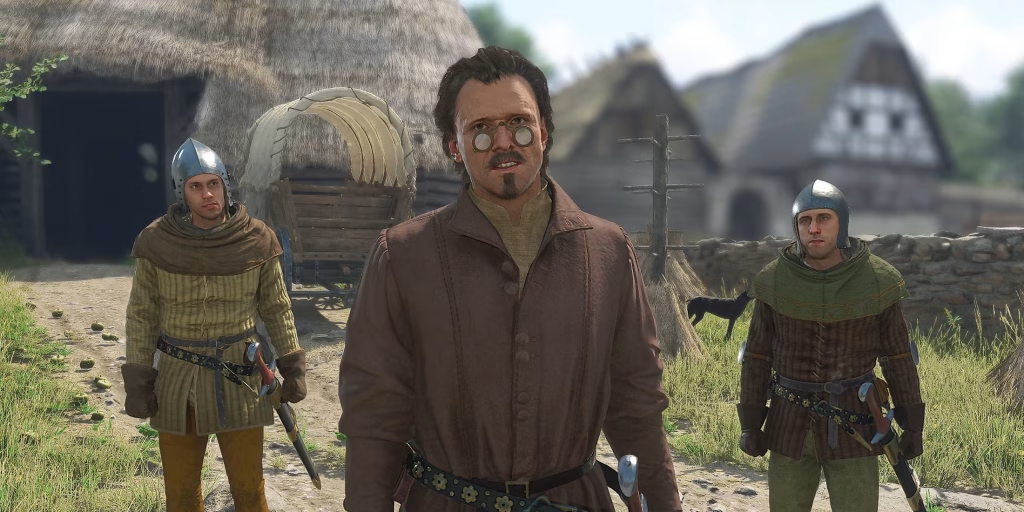 Answering the main question of the review, is it worth playing Kingdom Come Deliverance II — the answer is definitely positive. The game turned out to be large-scale, deep in plot and technically advanced. The developers took into account the experience of the first part and offered gamers improved combat mechanics, a unique historical plot, realistic tasks and a rich medieval world. Kingdom Come Deliverance II is perfect for fans of serious RPGs and immersing themselves in the atmosphere of the Middle Ages.
Answering the main question of the review, is it worth playing Kingdom Come Deliverance II — the answer is definitely positive. The game turned out to be large-scale, deep in plot and technically advanced. The developers took into account the experience of the first part and offered gamers improved combat mechanics, a unique historical plot, realistic tasks and a rich medieval world. Kingdom Come Deliverance II is perfect for fans of serious RPGs and immersing themselves in the atmosphere of the Middle Ages.
 The developers created the project using the Creation Engine 2.0, which was first used in Starfield. The new architecture made it possible to add three-dimensional vegetation, realistic lighting, animation of faces with emotion recognition, and procedural shadow generation. Each region of Cyrodiil has received a redesigned palette, a new weather system, and climate-specific physics. Deep texture processing algorithms provide detailed objects even at ultra-settings. For the first time, the architecture of the Imperial City feels like a living megastructure — with streets, multi-level areas and full-fledged navigation. The water reflects the sky and reacts to the wind. The trees are swaying from the blows of magic. The armor glints from the torches. Immersion reaches a new level.
The developers created the project using the Creation Engine 2.0, which was first used in Starfield. The new architecture made it possible to add three-dimensional vegetation, realistic lighting, animation of faces with emotion recognition, and procedural shadow generation. Each region of Cyrodiil has received a redesigned palette, a new weather system, and climate-specific physics. Deep texture processing algorithms provide detailed objects even at ultra-settings. For the first time, the architecture of the Imperial City feels like a living megastructure — with streets, multi-level areas and full-fledged navigation. The water reflects the sky and reacts to the wind. The trees are swaying from the blows of magic. The armor glints from the torches. Immersion reaches a new level. The remake of The Elder Scrolls IV transforms a classic RPG into a modern quality standard. The project does not exploit nostalgia, but creates an independent value — with a unique atmosphere, complex gameplay architecture and a new generation of graphics. The final release in late spring or early summer of 2025 will not just be an event, but a marker of the maturity of the gaming industry, capable of respecting the legacy and developing it without loss.
The remake of The Elder Scrolls IV transforms a classic RPG into a modern quality standard. The project does not exploit nostalgia, but creates an independent value — with a unique atmosphere, complex gameplay architecture and a new generation of graphics. The final release in late spring or early summer of 2025 will not just be an event, but a marker of the maturity of the gaming industry, capable of respecting the legacy and developing it without loss.
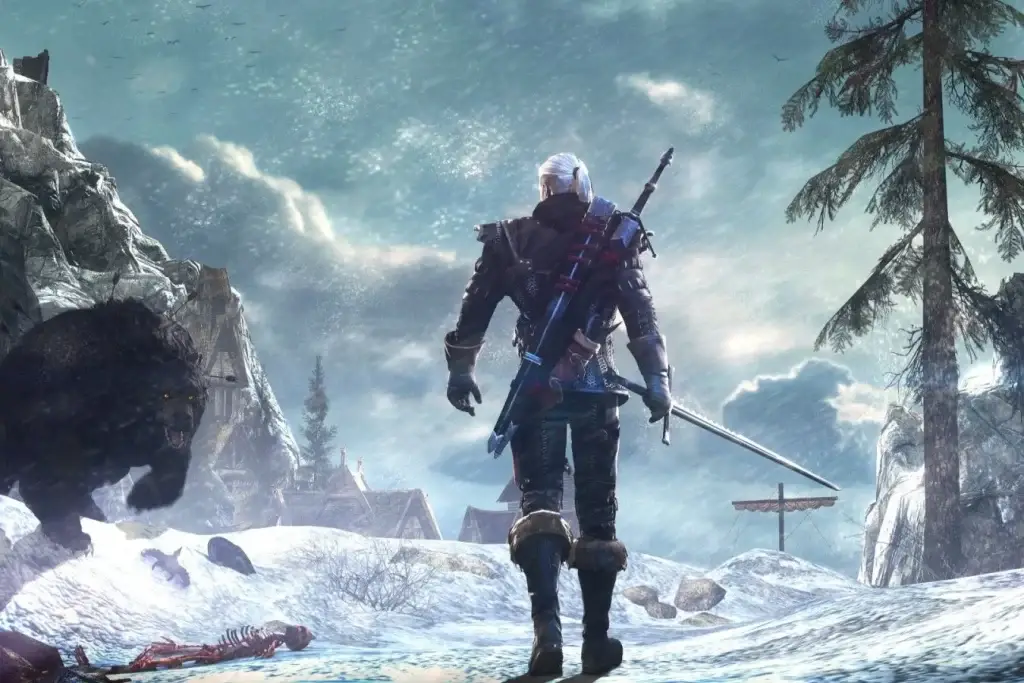 Existe una gran cantidad de proyectos que merecen atención. Algunos de ellos se consideran, con razón, verdaderas obras maestras del género, que marcan la pauta de calidad y siguen vigentes a día de hoy. No solo ofrecen una jugabilidad emocionante, sino que también te sumergen en historias profundas y complejas que pueden captar tu atención durante decenas de horas.
Existe una gran cantidad de proyectos que merecen atención. Algunos de ellos se consideran, con razón, verdaderas obras maestras del género, que marcan la pauta de calidad y siguen vigentes a día de hoy. No solo ofrecen una jugabilidad emocionante, sino que también te sumergen en historias profundas y complejas que pueden captar tu atención durante decenas de horas.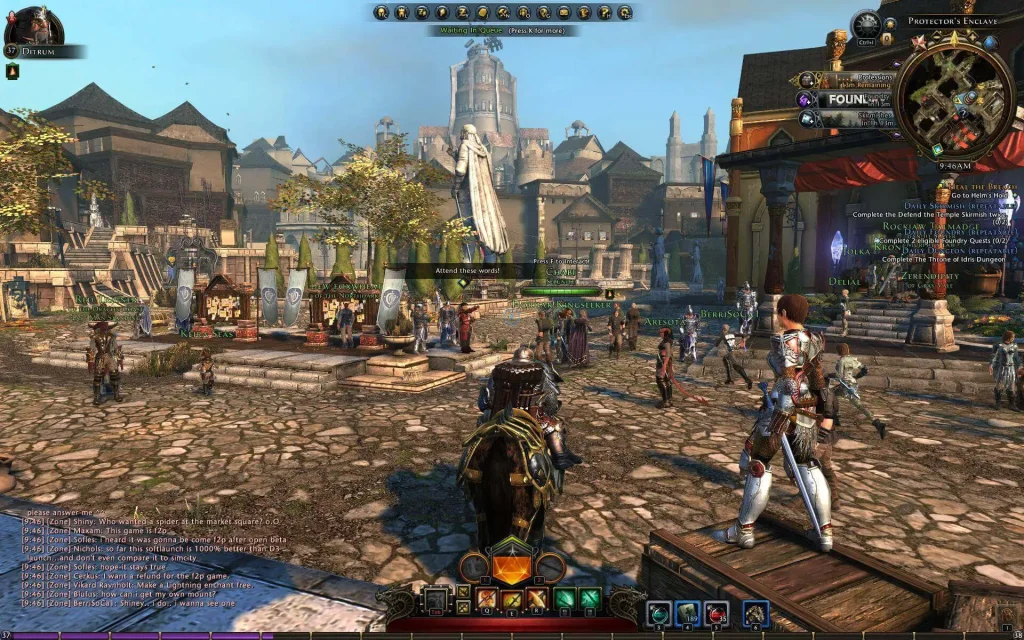 Technological advances, especially in the field of artificial intelligence and graphics, continue to change the face of RPG games on PC. Already, we are seeing projects that integrate advanced systems to create more living and dynamic worlds, where the player’s actions have even deeper consequences. In the future, we can expect even more innovations: from improved physics and realistic animations to more complex systems of moral choices and interpersonal relationships.
Technological advances, especially in the field of artificial intelligence and graphics, continue to change the face of RPG games on PC. Already, we are seeing projects that integrate advanced systems to create more living and dynamic worlds, where the player’s actions have even deeper consequences. In the future, we can expect even more innovations: from improved physics and realistic animations to more complex systems of moral choices and interpersonal relationships.
 The character design is made in a recognizable manner, which is combined with a dark and mysterious environment. The kingdoms are filled with details: from architecture to vegetation, which creates the feeling of a living and breathing world.
The character design is made in a recognizable manner, which is combined with a dark and mysterious environment. The kingdoms are filled with details: from architecture to vegetation, which creates the feeling of a living and breathing world.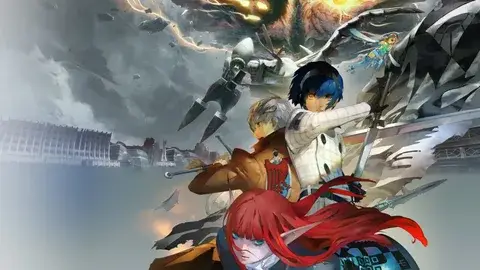 The victory of the best game Metaphor ReFantazio at The Game Awards 2024 is recognition of a new era of RPG. The project showed that the genre continues to evolve, offering players deep stories, innovative mechanics and stunning visual style. This triumph inspires developers to create even more ambitious projects, and users – to new exciting adventures.
The victory of the best game Metaphor ReFantazio at The Game Awards 2024 is recognition of a new era of RPG. The project showed that the genre continues to evolve, offering players deep stories, innovative mechanics and stunning visual style. This triumph inspires developers to create even more ambitious projects, and users – to new exciting adventures.
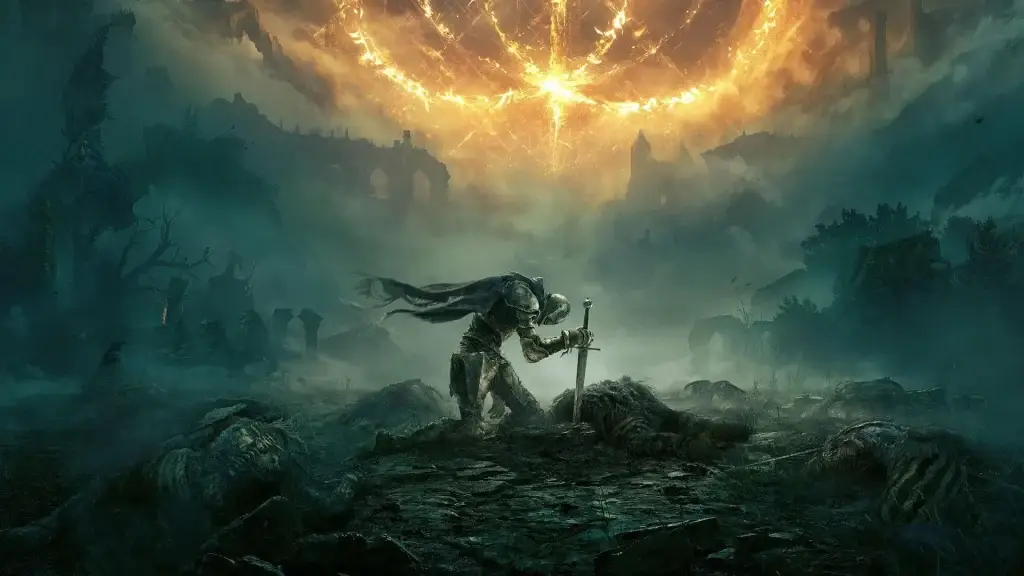 Boss battles in Elden Ring are the calling card of the game. Each one is different in its attacks, behavior, and design. For example, Godric the Many-Armed, one of the first bosses, uses weapons attached to his multiple limbs, creating a chaotic but memorable battle.
Boss battles in Elden Ring are the calling card of the game. Each one is different in its attacks, behavior, and design. For example, Godric the Many-Armed, one of the first bosses, uses weapons attached to his multiple limbs, creating a chaotic but memorable battle.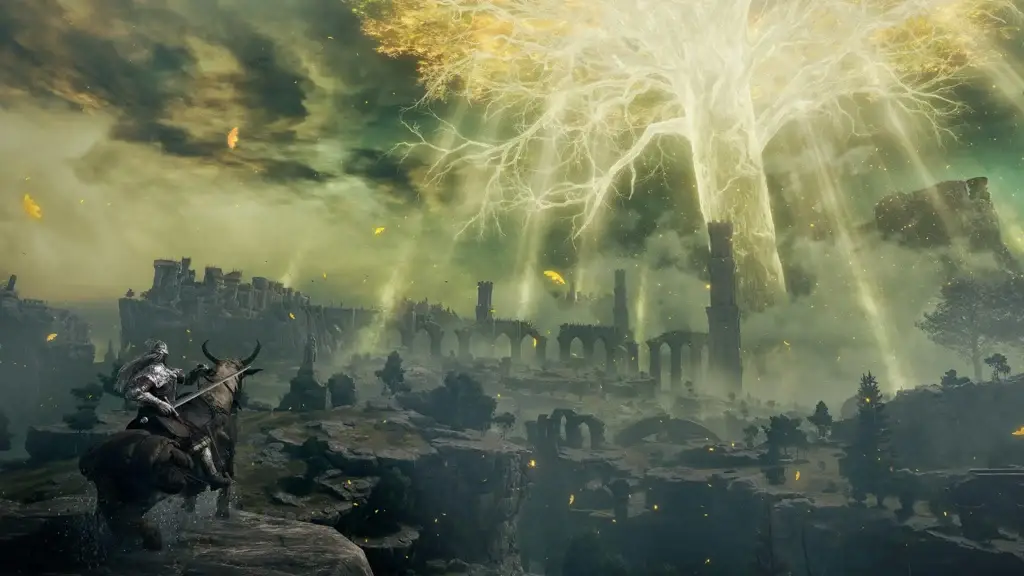 Every fan of role-playing games should buy Elden Ring. This project is a unique combination of deep gameplay, an interactive world and exciting battles. FromSoftware once again proved that they are capable of creating concepts that are not only entertaining, but also immersive in an unforgettable adventure.
Every fan of role-playing games should buy Elden Ring. This project is a unique combination of deep gameplay, an interactive world and exciting battles. FromSoftware once again proved that they are capable of creating concepts that are not only entertaining, but also immersive in an unforgettable adventure.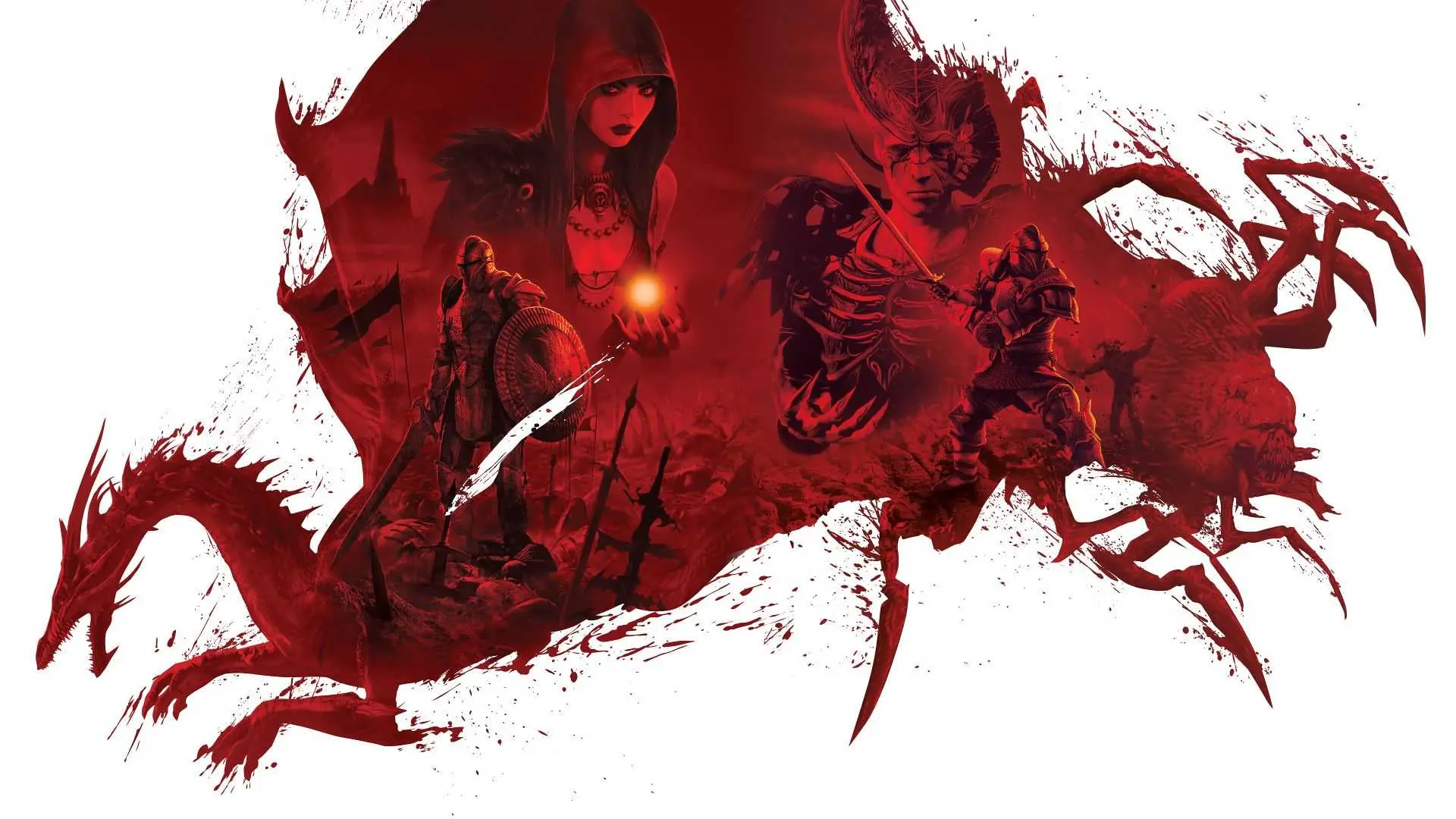
 Role-playing games are constantly evolving, but the classics remain in the hearts of many gamers. These projects have shown that classic mechanics and a well-developed plot remain attractive to a wide audience.
Role-playing games are constantly evolving, but the classics remain in the hearts of many gamers. These projects have shown that classic mechanics and a well-developed plot remain attractive to a wide audience. The top best RPG games of 2024 offer a wide choice for every gamer – from single deep stories to cooperative adventures with friends. The projects create unique experiences, allowing users to not just control a character, but to become part of a living, breathing world. Innovative mechanics, deep storylines, and vivid heroes make each of these concepts special and unforgettable.
The top best RPG games of 2024 offer a wide choice for every gamer – from single deep stories to cooperative adventures with friends. The projects create unique experiences, allowing users to not just control a character, but to become part of a living, breathing world. Innovative mechanics, deep storylines, and vivid heroes make each of these concepts special and unforgettable.
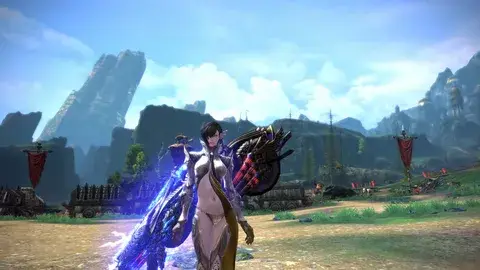 The combat system in BDO is highly dynamic. There are no automatic attacks – each blow is made manually by the player, which requires precise calculation and reaction. Battles are fast-paced, and the PvP system allows you to arrange battles with other participants at any time.
The combat system in BDO is highly dynamic. There are no automatic attacks – each blow is made manually by the player, which requires precise calculation and reaction. Battles are fast-paced, and the PvP system allows you to arrange battles with other participants at any time.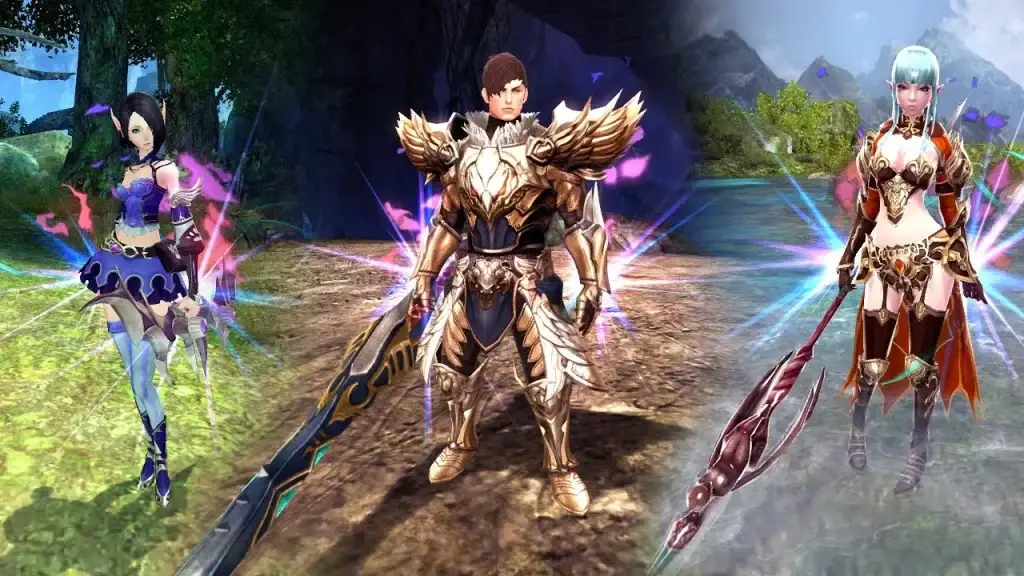 From classic legends of the genre to modern masterpieces – a review of nine top MMORPGs on PC shows projects that are worth diving into. Are you ready to experience the spirit of teamwork and discover entire universes? Then go ahead!
From classic legends of the genre to modern masterpieces – a review of nine top MMORPGs on PC shows projects that are worth diving into. Are you ready to experience the spirit of teamwork and discover entire universes? Then go ahead!
 Capcom offers to explore amazing dimensions, where each ecosystem is unique. “Misty Valley” is a forest immersed in eternal fog, where poisonous monsters live, and players have to rely on special beacons to avoid getting lost. The desert “Forgotten Grove” is full of creatures hiding under the sand, and they can only be lured out with special baits. Biomes are diverse and each requires a unique approach.
Capcom offers to explore amazing dimensions, where each ecosystem is unique. “Misty Valley” is a forest immersed in eternal fog, where poisonous monsters live, and players have to rely on special beacons to avoid getting lost. The desert “Forgotten Grove” is full of creatures hiding under the sand, and they can only be lured out with special baits. Biomes are diverse and each requires a unique approach.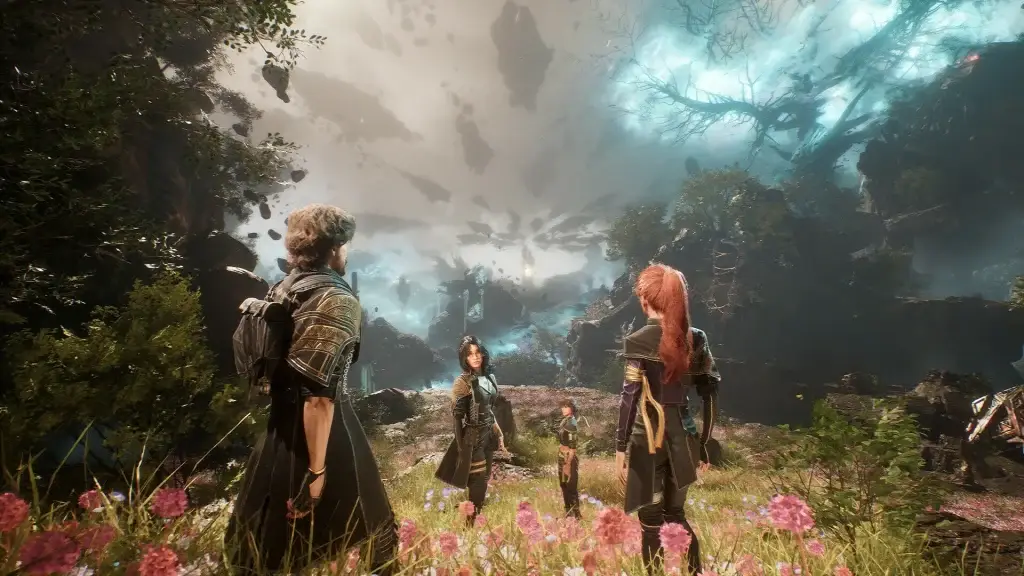 2025 promises to please RPG fans with variety and depth. Each game on the list brings something unique to the genre: from historical details and authentic battles to incredible fantasy worlds and tactical battles. The anticipated RPGs are captivating both with their plot and the ability to influence the world and its inhabitants.
2025 promises to please RPG fans with variety and depth. Each game on the list brings something unique to the genre: from historical details and authentic battles to incredible fantasy worlds and tactical battles. The anticipated RPGs are captivating both with their plot and the ability to influence the world and its inhabitants.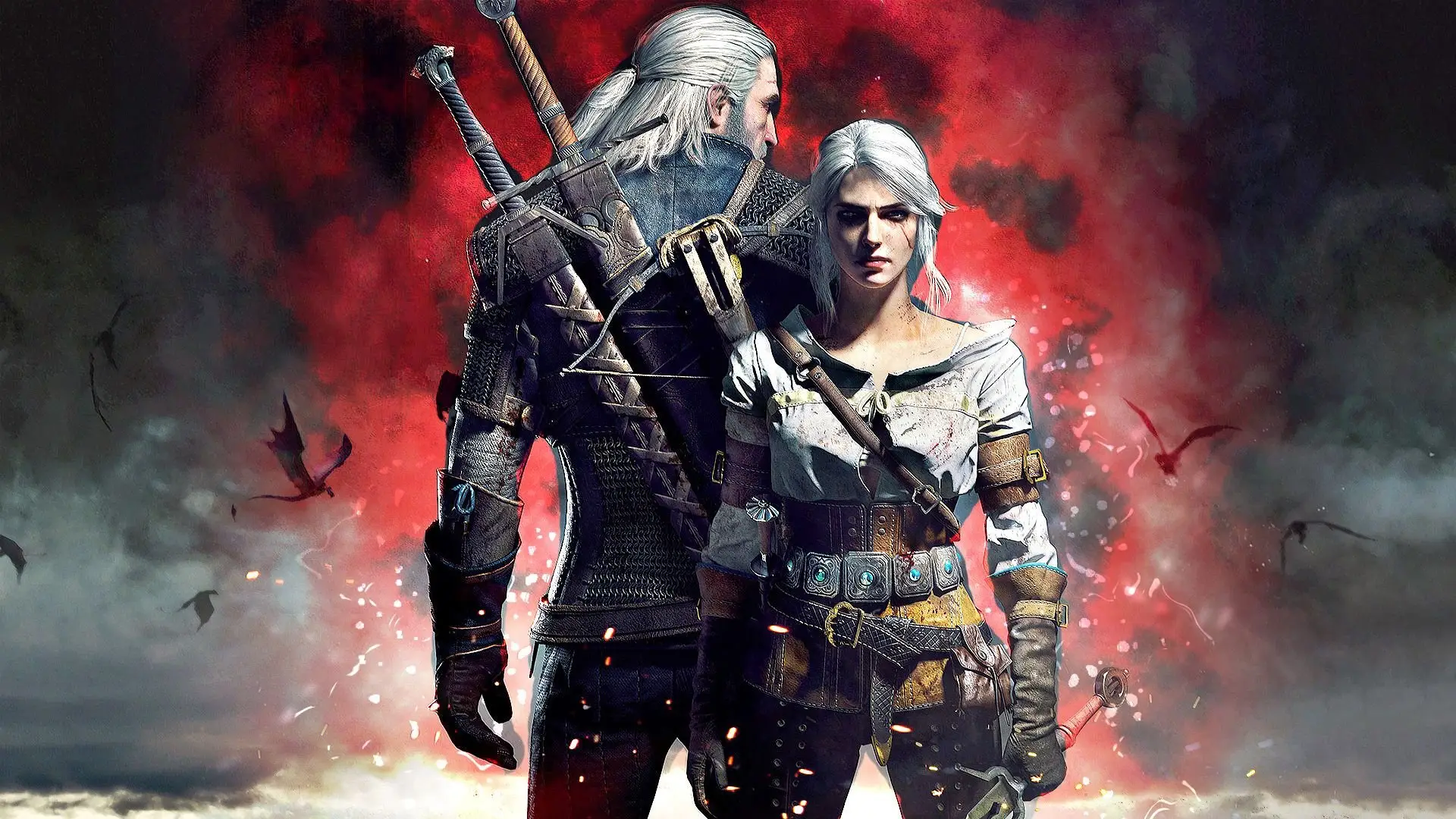
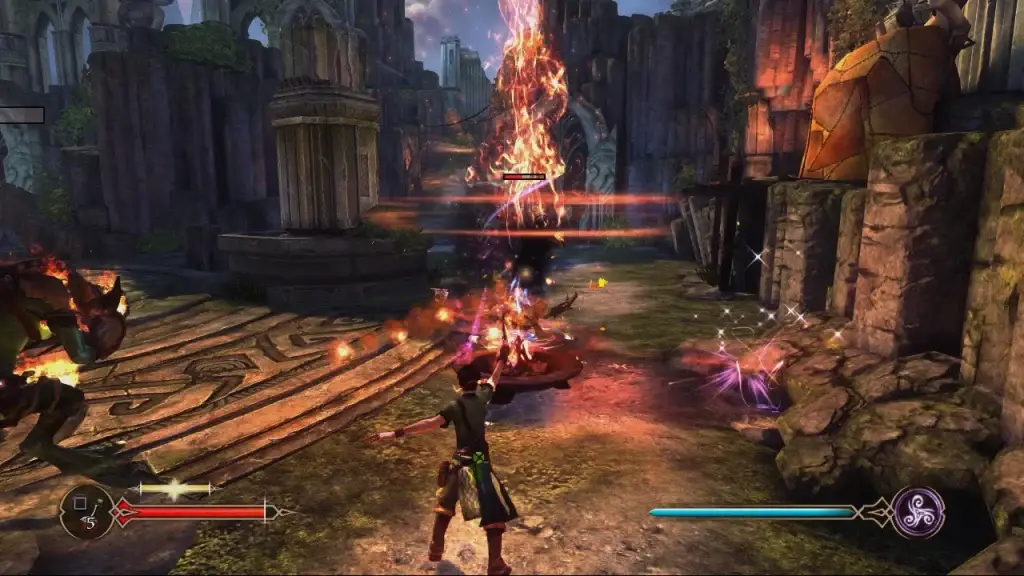 The Witcher 3 is a huge world consisting of several regions:
The Witcher 3 is a huge world consisting of several regions: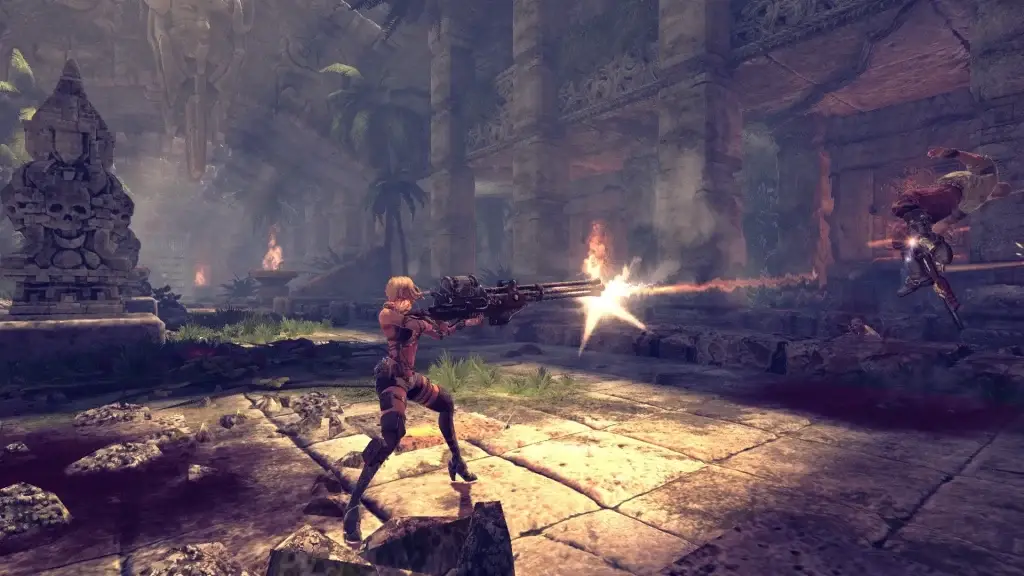 Elden Ring, Cyberpunk 2077, The Witcher 3, Dark Souls 3, Dragon’s Dogma, Mass Effect, Fallout: New Vegas, Horizon Zero Dawn, Assassin’s Creed Valhalla, Divinity: Original Sin 2 – each of these games is unique and offers an unforgettable experience. In 2024, action RPGs confirmed their status as the best, reminding everyone that the genre never stands still and is always ready to offer something new.
Elden Ring, Cyberpunk 2077, The Witcher 3, Dark Souls 3, Dragon’s Dogma, Mass Effect, Fallout: New Vegas, Horizon Zero Dawn, Assassin’s Creed Valhalla, Divinity: Original Sin 2 – each of these games is unique and offers an unforgettable experience. In 2024, action RPGs confirmed their status as the best, reminding everyone that the genre never stands still and is always ready to offer something new.





